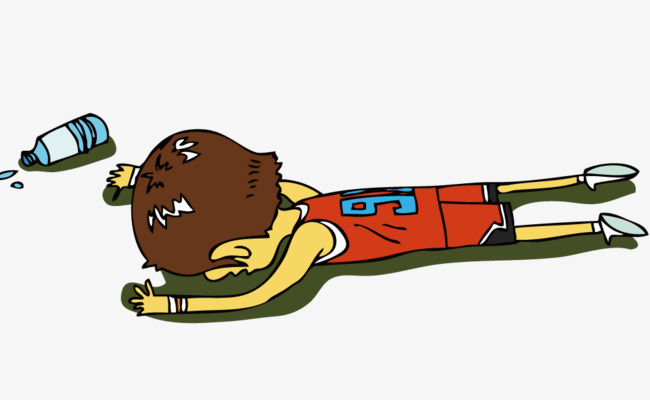Laurie's Blogs.
Apr 2019
Training to Fatigue and In Fatigue

As I was going through my collection of blog posts (other people’s) to gain inspiration for a blog post for you guys this week, I came across this topic of training to fatigue for return to sport.
In my head it’s a no-brainer, but let’s look at this in a bit more detail.
Firstly, it reminded me of a patient of mine. She’s a typical post op cruciate, other than she’s having a reaction to the suture materials and has distinctive localized puffy swelling under the incision. The vet has drained it. It’s not infected… just very slow to resolve. As a result, she’s not building muscle like she should. (Joint swelling = muscle inhibition). She’s been doing underwater treadmill and is up to 30 minute leash walks. She’s about 5-weeks post op (yes, the owner is pushing her in the walking department, more than was recommended. C’est la vie!)
Now, she only just booked back in for a follow up physio consult for me to update her home program (yes, she’s about 2 - 3 weeks late in doing that as well.) So, we went into the exercise room and I started working with her. Seeing what she could do, seeing how I could push her to use the leg more, come up with ways to get her to challenge her leg and those floppy muscles. It didn’t take long before she was tired. And with tiredness came a bit of off-loading, some leg shaking, and a bit more of a limp. GOOD! That’s what I want! I’m not running a Spa Lady! (Does anyone remember Spa Lady… I remember a cousin telling me that she really liked Spa Lady because she can exercise but never sweat. What the Heck!!! You’re not going to change anything if you don’t sweat or ‘feel the burn’ or are reminded of your work out later on!) And I told the owner. That’s what I want. I want to challenge her muscles so that they fatigue a little bit.
Now the vlog post (video blog) that I reference above was taking it one step further. They were talking about training an athlete to fatigue and working them a bit in that state of fatigue in order to assess for (and train for) real live athletic conditions. A lot of injuries happen when an athlete is fatigued. So, it just makes sense to take your patient to that point in your rehab. Yes, I trust you know what to do along the way… but when you get to the END STAGE, RETURN to SPORT final phase of rehab, this is a concept to keep in mind. So, when the muscles are tired from the ‘boot camp’ you took the dog through, then perhaps see if you can then work on some balance, or controlled movements. Can the dog perform while in a state of fatigue?
That’s kind of a brilliant test! Think about it! Do you have any other way of being able to feel confident in letting your patient go back to competition? Not really! It’s not discussed anywhere, certainly not in canine rehab circles. So, let’s think about using this as a tool to help you assess a dog’s readiness for return to sport!
Alas this blog has two take away points.
1. Train to fatigue to make gains in muscle growth / use / strength.
2. Test & Train proprioception and the dog’s ability to ‘self-correct’ when fatigued.
That’s it for this week! Go be brilliant out there!


